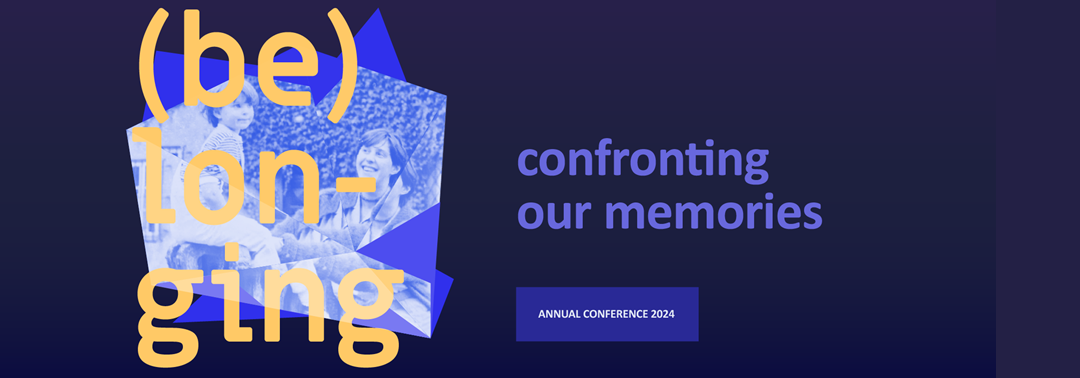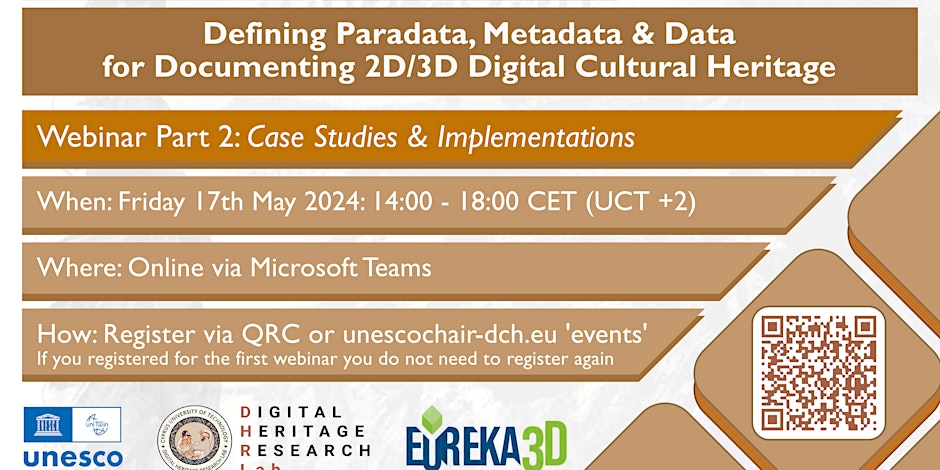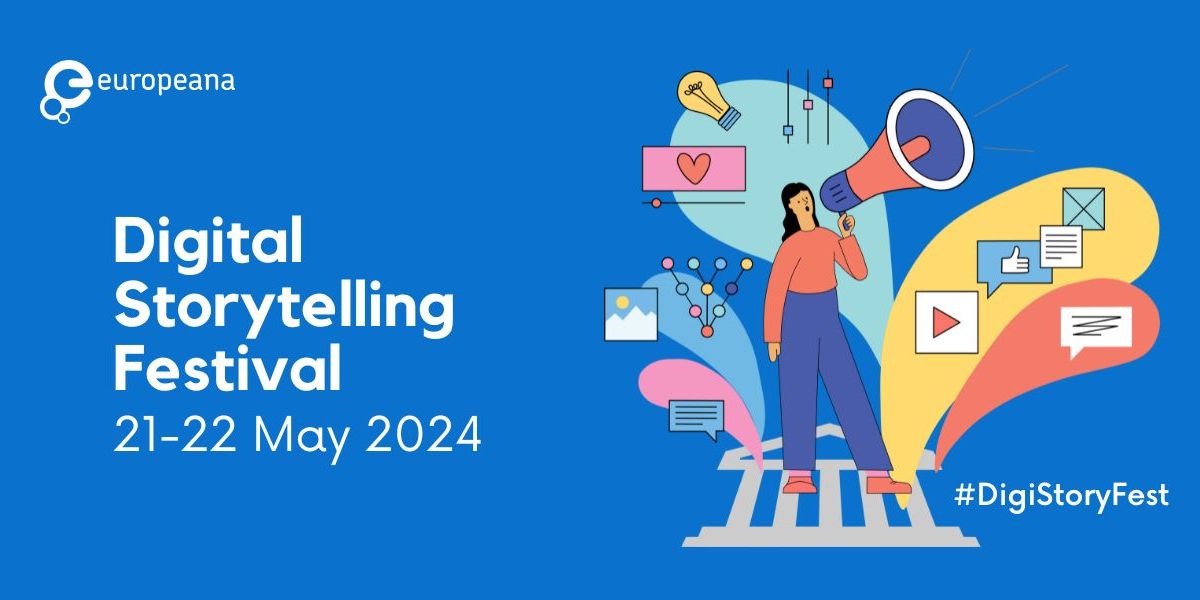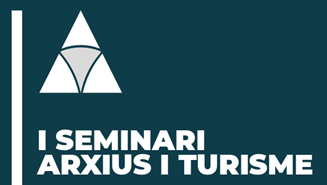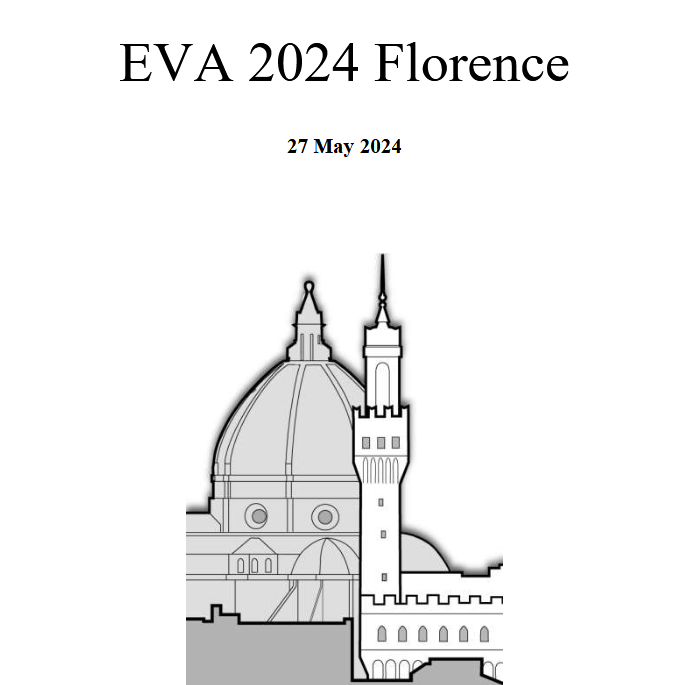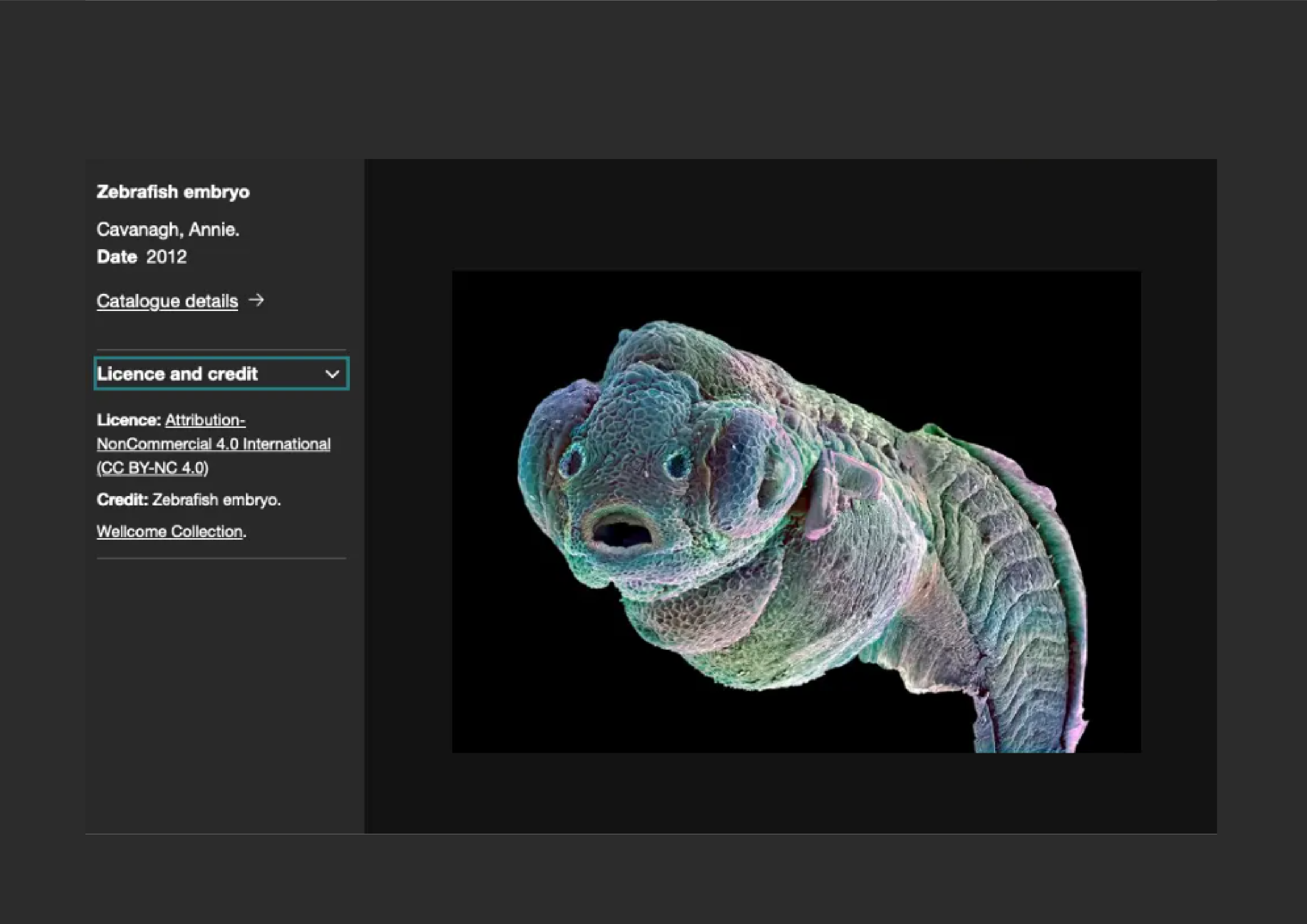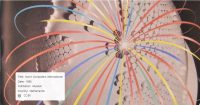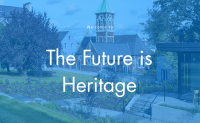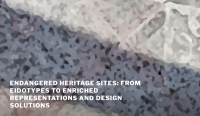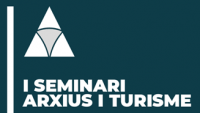Visual Heritage 2018, the 16th EUROGRAPHICS Workshop on Graphics and Cultural Heritage (EG GCH), is organized in cooperation and conjunction with CHNT Cultural Heritage and New Technologies conference. Since 2018 is a key year for the Cultural Heritage community, two established communities working on the domain of ICT & CH have decided to join forces and to organize a federated event. The aims of this federated event are: to bring two slightly different communities together in the same venue (one more oriented to research in visual technology, the other one focusing more on the application of those technologies to CH); to share experiences and discuss methodologies concerning digital visual media and their use in the context of cultural heritage applications; to enable an increased cross-fertilization among those communities and foster collaboration.
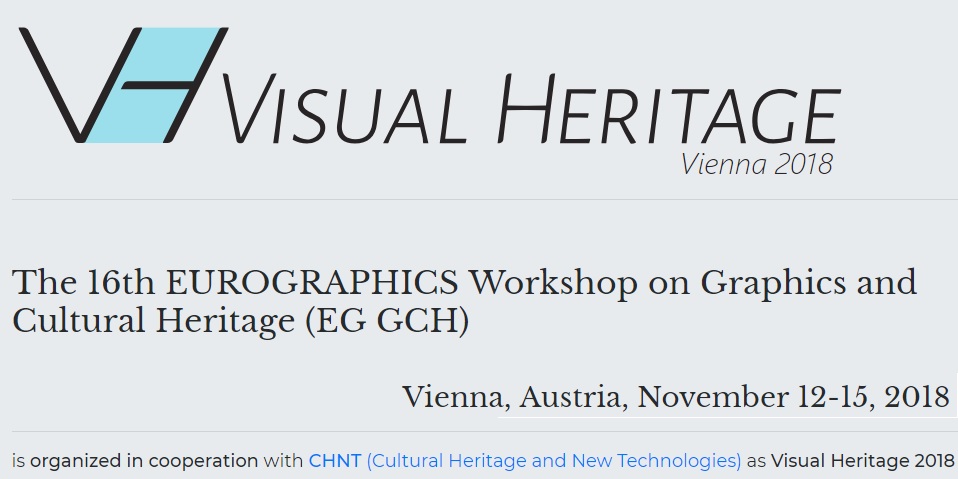
CALL FOR PAPERS Visual Heritage 2018 – DEADLINE 20th June 2018
GCH 2018 aims to foster an international dialogue between ICT experts and CH scientists to advance the understanding of critical requirements for processing, managing, and delivering cultural heritage information to a broad audience. The objective of the workshop is to introduce and showcase new techniques and applications for supporting Cultural Heritage information ranging from data acquisition, analysis and synthesis, 3D documentation, and data management, to new forms of interactive presentation and 3D printing solutions. Interdisciplinary approaches for analysis, classification and interpretation of cultural artefacts are particularly relevant to the event. GCH 2018 as part of Visual Heritage 2018 provides a scientific forum to exchange novel ideas and techniques in research, education and dissemination of Cultural Heritage information, to transfer them into practice, and identify future research and application opportunities.
We seek original, innovative and previously unpublished contributions in the visual computing area applied to digital cultural heritage, challenging the state-of-the-art solutions, presenting experiences and projects in this domain and leveraging new ideas for future developments. Equally, original contributions in the cultural heritage field of relevance to visual computing are welcome. Contributions are solicited in (but not limited to) the following areas:
- 2/3/4D data acquisition and processing in Cultural Heritage
- Multispectral imaging and data fusion
- Digital acquisition, representation and communication of intangible heritage
- Material acquisition analysis
- Heterogeneous data collection, integration and management
- 3D printing of cultural assets
- Shape analysis and interpretation
- Similarity search of digital artefacts
- Visualization and Virtual Museums including storytelling and design of heritage communications
- Multi-modal and interactive environments and applications for Cultural Heritage
- Spatial and mobile augmentation of physical collections with digital presentations
- Semantic-aware representation of digital artefacts (metadata, classification schemes, annotation)
- Digital libraries, archiving and long-term preservation of 3D documents
- Standards and documentation
- Serious games in Cultural Heritage
- Organizational aspects of cooperation between ICT and CH experts for project development
- Best practices for deployment of novel ICT solution in the CH domain, including budgeting and maintenance
- User demand and reception of ICT solutions in CH institutions
In cooperation with CHNT, GCH is also planning for a half-day tutorial program, addressing practices and challenges in the important areas of acquisition and presentation of CH content.
More on VISUAL HERITAGE 2018, and call for papers: http://2018.visualheritage.org/
More on CHNT 2018, venue and registration for the two events: http://www.chnt.at/form_registration/


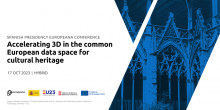
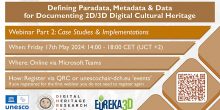
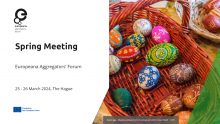
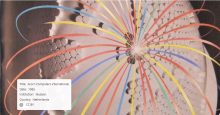
 If you have interesting news and events to point out in the field of digital cultural heritage, we are waiting for your contribution.
If you have interesting news and events to point out in the field of digital cultural heritage, we are waiting for your contribution.


